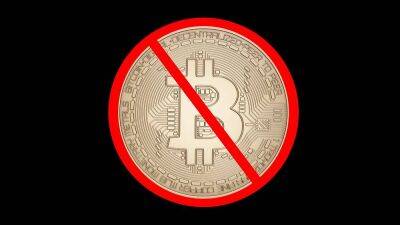Here’s why holding $20.8K will be critical in this week’s $1B Bitcoin options expiry
Bitcoin (BTC) experienced a 16.5% correction between Aug. 15 and Aug. 19 as it tested the $20,800 support. While the drop is startling, in reality a $4,050 price difference is relatively insignificant, especially when one accounts for Bitcoin's 72% annualized volatility.
Currently, the S&P 500’s volatility stands at 31%, which is significantly lower, yet the index traded down 9.1% between June 8 and June 13. So, comparatively speaking, the index of major U.S. listed companies faced a more abrupt movement adjusted for the historical risk metric.
At the start of this week, crypto investors' sentiment worsened after weaker conditions in Chinese real estate markets forced the central bank to reduce its five-year loan prime rate on Aug. 21. Moreover, a Goldman Sachs investment bank strategist stated that inflationary pressure would force the U.S. Federal Reserve to further tighten the economy, which negatively impacts the S&P 500.
Regardless of the correlation between stocks and Bitcoin, which is currently running at 80/100, investors tend to seek shelter in the U.S. dollar and inflation-protected bonds when they fear a crisis or market crash. This movement is known as a "flight to quality" and tends to add selling pressure on all risk markets, including cryptocurrencies.
Despite the bears' best efforts, Bitcoin has not been able to break below the $20,800 support. This movement explains why the $1 billion Bitcoin monthly options expiry on Aug. 26 could benefit bulls despite the recent 16.5% loss in 5 days.
Bitcoin's steep correction after failing to break the $25,000 resistance on Aug. 15 surprised bulls because only 12% of the call (buy) options for the monthly expiry have been placed above $22,000. Thus, Bitcoin bears are
Read more on cointelegraph.com


















![Bitcoin [BTC] traders can open short positions fearlessly because… - ambcrypto.com](https://finance-news.co/storage/thumbs_400/img/2022/8/25/38505_wcp0.jpg)




